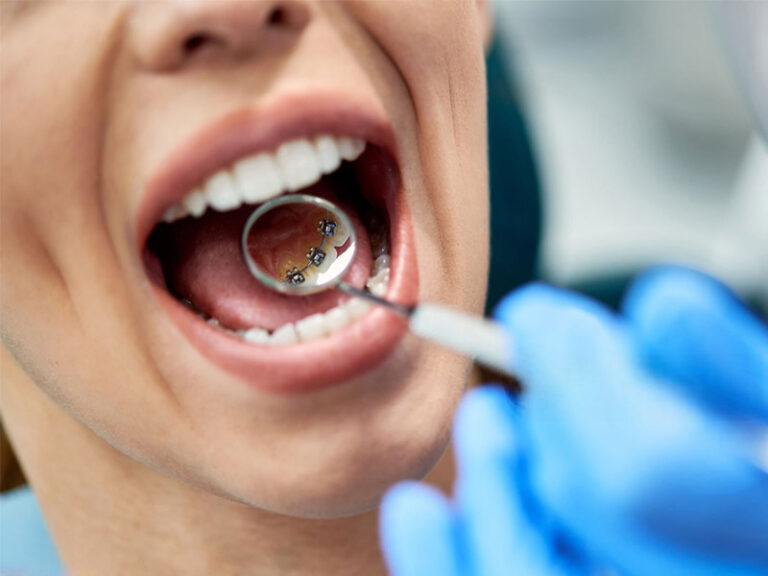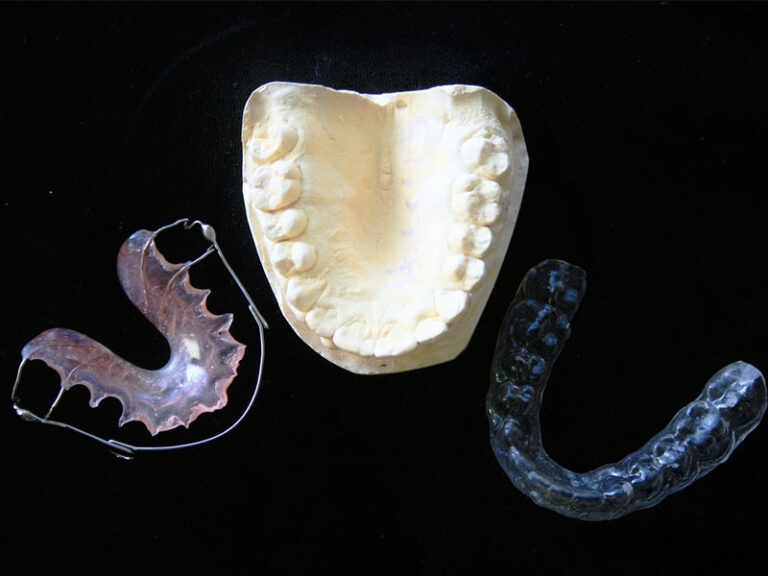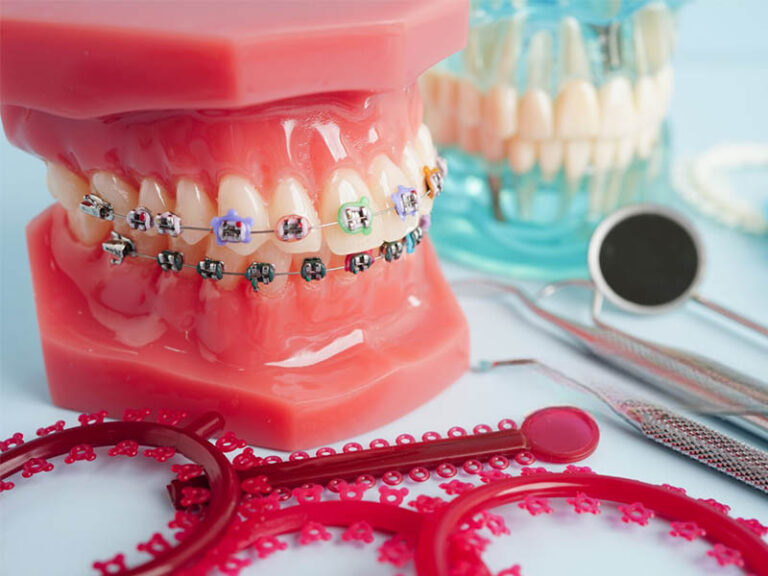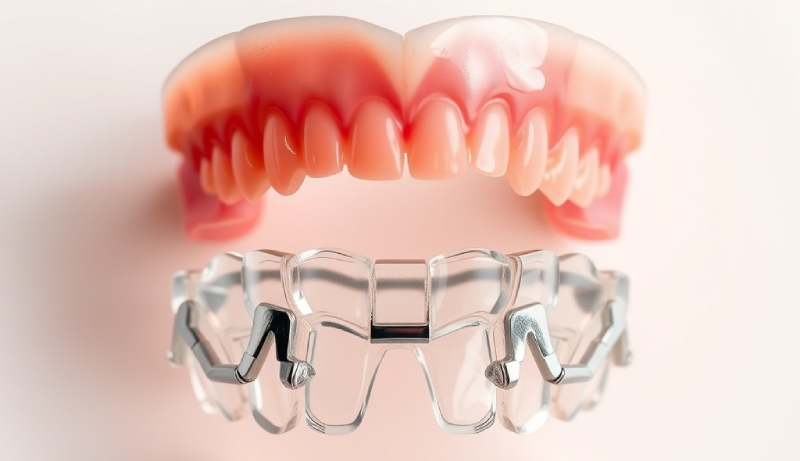
Ultra-Thin Veneers & Minimal Preparation Explained: Your Easy Guide from a Caring Dental Expert
Do you ever hide your smile because you’re worried about the color, shape, or small spaces between your teeth? Maybe friends have told you about “veneers,” but you don’t like the idea of drills or having your teeth ground down. If that sounds like you—or if you just want to know how to get a bright smile without turning your mouth into a construction site—you’re in the right place.
Let’s answer one of the most common questions in cosmetic dentistry today:
“What are ultra-thin, minimal prep veneers, and could they be the gentle answer for my smile?”
If you’re trying to improve your smile but want to keep your own teeth as they are, you’re not alone. Let’s sort through the details together. I’ll explain what ultra-thin veneers are, why doctors talk about “minimal prep,” who these veneers fit well, what the steps look like, how long they last, and whether they’re worth the cost.
Table of Contents
What Are Ultra-Thin Veneers & Why Are They Special?
The Big Veneer Question: Is Shaving Teeth Needed?
Let’s be honest—old-school veneers have a bit of a bad rap. Regular porcelain veneers often mean a dentist has to cut away some of your tooth’s outside layer (called enamel) so the veneer can fit well. That bit of your tooth is gone forever.
But what if you want to keep as much of your real tooth as you can? Good news—ultra-thin, minimal prep (or “no-prep”) veneers can help.
So, What Are Ultra-Thin Veneers?
Ultra-thin veneers are, as you can guess, very skinny covers—sometimes only 0.2mm to 0.5mm thick (about as thin as a contact lens!). Dentists use new porcelain or ceramic materials like Emax or feldspathic porcelain to make them fit just right. Then, they glue these thin covers right to the fronts of your teeth. Because the veneers are so thin, your dentist usually doesn’t have to cut down your teeth much—sometimes not at all.
This careful way of working is called “minimal prep,” “no-prep,” or “prepless” veneers. Some brands you might see are Lumineers™, Durathin, or Vivaneers, but lots of top labs make their own versions.
A Quick Comparison
| Ultra-Thin Veneers | Regular Veneers |
|---|---|
| 0.2–0.5mm thick | 0.5–1+ mm thick |
| Little or no tooth cut | Often more enamel removal |
| Sometimes can be undone | Permanent once tooth is cut |
| Look natural | Look natural |
| Faster, more comfy process | Takes longer, may need numbing |
| Good for small changes | Good for bigger changes |
How Do Minimal Prep Veneers Work?
The Science, Easy Version
Picture your tooth’s surface—your enamel—as a thin jacket. Regular veneers might mean you have to trim the jacket, so the new “coat” (the veneer) doesn’t look too big. But ultra-thin veneers are so fine, you can wear them right over your normal “jacket,” keeping your real tooth safe.
Dentists use very strong glue to stick the veneers in place. These thin covers look and feel just like natural teeth. They give a whiter, better-shaped, and more confident smile—without losing much of your real tooth.
Why Do People Like Minimal Prep?
- Saves Enamel: The less enamel we take off, the healthier your tooth is. Enamel doesn’t grow back.
- More Comfortable: You rarely need shots, drilling, or to put up with sensitive teeth.
- Can Be Undone Sometimes: If your tooth wasn’t changed, you might even take off the veneer later.
- Looks Real: Today’s porcelain bounces light like real teeth, so they don’t look fake.
- Quicker: Usually needs fewer visits and almost no recovery.
Who Should Get Ultra-Thin Veneers?
Should You Try Them?
Ultra-thin, minimal prep veneers aren’t magic, but work really well for lots of people. Still, they’re not for everyone.
They’re best if you have:
- Small chips or worn-out edges
- Little spaces between your teeth
- Stains that whitening can’t fix
- Slightly odd-shaped or uneven teeth
- Mildly crooked teeth
- Healthy teeth (with enough enamel)
If that sounds like you, ultra-thin veneers might be the answer. For example, let’s say one front tooth is a little short or has a tiny chip—ultra-thin veneers can fix it simply, no hassle.
They’re not great if you have:
- Really crooked teeth—you might need braces or clear aligners first
- Teeth that are broken, decayed, or already have crowns—you’ll probably need a bigger fix
- Very thin enamel or heavy wear—there may not be enough tooth for the veneer to stick to
- You grind your teeth all the time (unless you’ll wear a nightguard)
- You have gum disease, lots of cavities, or bad oral care—you’ll need to sort these out first
Bottom line: Minimal-prep veneers aren’t for everyone. Only a good dentist or a tooth doctor who specializes in this field can say what’s best for you.
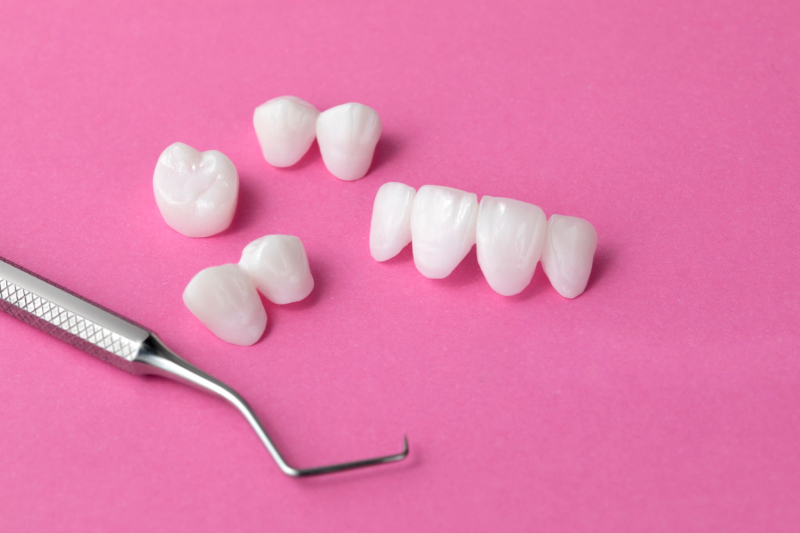
Step-by-Step: What Happens During the Process?
Here’s what to expect if you go for ultra-thin veneers.
1. Consultation & Smile Check
- Your dentist asks about what you want, checks your teeth, and takes photos and scans.
- You might see a sneak peek (mock-up) of what your smile could look like.
- Together, you talk about your hopes, worries, and choices.
2. Minimal or No Drilling
If needed, your dentist might polish or reshape your tooth a little (just a tiny amount—sometimes less than a hair’s width). Often there’s no drilling, no shots.
3. Scans & Molds
With special 3D scanners (no more goopy trays!), your dentist sends your tooth’s shape to a top lab to make your custom veneers.
4. Testing Them Out
Your dentist lets you try out temporary or “demo” versions to make sure they fit, feel, and look right. You get to say yes before they finish the job.
5. Sticking Them On
If you’re happy, the dentist uses special glue to stick the veneers. Some even use computers or 3D printers to get it just right.
6. Final Polish & Reveal
After a quick shine, you walk out with a great, natural smile. Most people eat, chat, and live like normal right away—no weird “getting used to it” time.
How Long Do They Last & How Do You Care for Them?
Are you wondering if these thin covers really hold up? Good question.
How Long Do They Last?
Studies show that well-made, ultra-thin veneers last as long as regular ones—often 7 to 15 years or longer, with good care.
- Porcelain (Emax, feldspathic): 90-95% success for 5–10 years, sometimes even 15+ years with perfect care.
- Composite (not as common for super thin ones): doesn’t last as long, but is cheaper.
Why Do They Last?
The key is the bond. When a veneer is glued to strong enamel, it sticks tough. Good habits help make them last!
How to Keep Them Looking Good
- Brush gently with a soft brush and not-too-scratchy toothpaste
- Floss—yes, floss!—just like normal teeth
- See your dentist two times a year for cleaning and checks
- Wear a nightguard if you grind your teeth at night
- Don’t bite super hard things or use your teeth to open stuff
- Cut down on smokes or drinks/foods that stain if you want white teeth to stay white
Tip: Veneers fight stains better than normal teeth, but coffee, tea, and red wine can still leave marks if you’re not careful.
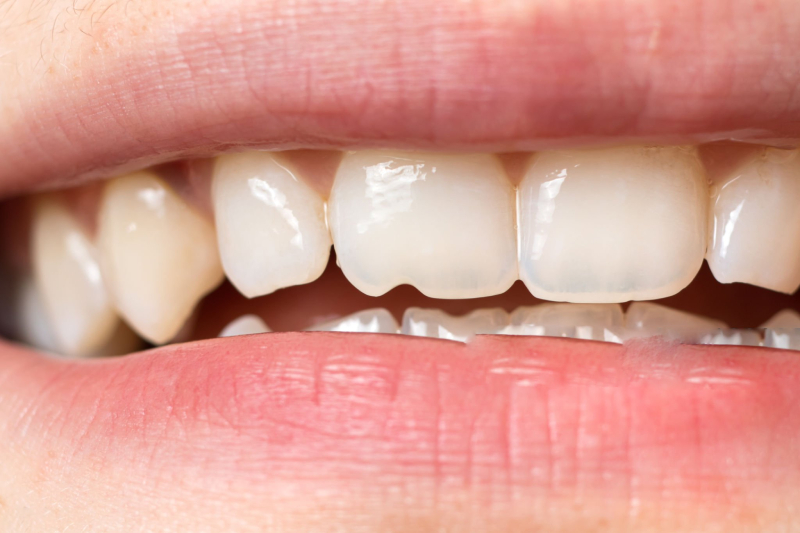
Costs, Value, and Insurance: What Will It Cost Me?
How Much Are Ultra-Thin Veneers?
Prices swing a lot depending on where you go, your dentist’s skill, what the veneers are made of, and how many you want. The usual range in the US:
- Per tooth: $1,000–$2,500 (or more if the dentist is a total expert)
- Full smile makeover: $8,000–$25,000+
Why the big range? It depends on how custom your veneers are, lab fees, and your dentist’s experience. Cheaper places can use lower quality stuff or less skilled labs.
Will Insurance Pay for It?
Dental insurance almost never pays for cosmetic work—ultra-thin veneers count as cosmetic. (Very rare exceptions: if you lost a tooth in a crash or need fixing for health reasons.)
Can You Pay Over Time?
Many dentists offer payment plans, outside financing (like CareCredit), or work in steps so you can pay as you go.
Is It Worth the Price?
Most people who pick ultra-thin veneers say it was money well spent—not just for how they look, but for that big burst in confidence. It’s not cheap, though. Only you know what works for your goals and wallet.
Comparison Table: Veneer Types & Costs
| Type | Looks | How Much Tooth is Saved | Price Each | How Long They Last |
|---|---|---|---|---|
| Ultra-Thin/Minimal Prep | Very natural! | Best for saving tooth | $1,000–$2,500 | 7–15+ years |
| Regular | Big changes | Some tooth gone | $1,000–$2,500 | 10–20 years |
| Composite | Good—but less fancy | Best for saving tooth | $500–$1,500 | 5–7 years |
Picking a Good Dentist: What Should You Look For?
You want a dentist who’s both a scientist and an artist. With “no-prep veneers” showing up everywhere, it’s smart to look for a dentist with real training and experience in these. Here’s how to tell:
- Board certificates and memberships in groups like the American Academy of Cosmetic Dentistry (AACD)
- Real before-and-after photos from actual patients—not just ads!
- Someone who listens and answers your questions, not rushes you out the door
- Up-to-date tools (digital scans, 3D previews, quality labs)
- Honest prices and treatment plans in writing
If they have DMD or DDS after their name, you know you’ve got a dentist who cares about looks and health.
Trust Point: The American Dental Association (ADA) and the American Academy of Cosmetic Dentistry (AACD) say you should always pick a licensed, experienced pro for veneer work.
Patient Stories & FAQs: Real People, Real Questions
Example: Sarah’s Ultra-Thin Veneers
Sarah, a 34-year-old graphic designer, had two small front teeth that always looked too short. She didn’t want regular veneers because she didn’t want to lose healthy tooth. After a computer preview with her dentist, she got two super-thin Emax veneers—no drilling, no pain. Now, she says: “My teeth look like they’ve always been that way. I’m smiling all the time!”
Common Questions People Ask
Is getting ultra-thin veneers painful? No! Most people don’t feel any pain because there’s hardly any tooth work.
Can I eat or talk normal right away? Yes. You can eat, talk, and live just like before. You might notice your new teeth for a day or so, but it goes away quick.
Will my veneers look big or fake? Not if you have a good dentist. Ultra-thin veneers are designed to blend right in. You won’t get “chiclet teeth.”
Can veneers pop off or break? Hardly ever, if they’re glued well and you take care. Don’t bite ice or super hard stuff.
Can I take them off? If your dentist didn’t touch your teeth at all, you might be able to. But if any tooth changed shape, that’s forever. Always ask before you decide.
How do I keep them clean? Just treat them like your regular teeth. Brush, floss, checkups. Some special products can help, but the basics go a long way.
Are there risks? The main ones are bad glue jobs (which might make the veneer come loose), or feeling too “thick” if you already have big teeth. Some people have a little sensitivity, but usually less than with old-style veneers.
Main Points & Your Next Steps
Here’s what matters most:
- Ultra-thin, minimal prep veneers are a gentle way to get a great smile—usually no drills, no cutting teeth.
- Best for small to medium problems like gaps, chips, color. Not for teeth that need more serious fixing.
- Most people love them and they last 7–15+ years if you clean them and see the dentist.
- They’re not cheap and insurance doesn’t pay, but you can break up payments.
- Getting the right dentist is key. Look for skill, experience, real before-and-after photos, good communication, and patient-first care.
Want to Change Your Smile—Without Giving Up Your Real Teeth?
If you’re thinking about ultra-thin veneers—or just want straight talk about your choices—the best move is to meet a kind, skilled dentist. Ask questions. Show what you want. Get a computer preview if you can. Remember, a happy, healthy, confident smile is always a good investment.
Checked by Dr. [Your Doctor’s Name], DMD
Thinking about veneers or a consult? Reach out to [Your Clinic/Doctor’s Name] today. That dream smile—no drills, no worries—is closer than you think.
Keep in mind, every smile is unique. These simple tips are here to help you start an honest talk with your dentist—so you can choose what’s safe and right for your teeth and your confidence!


